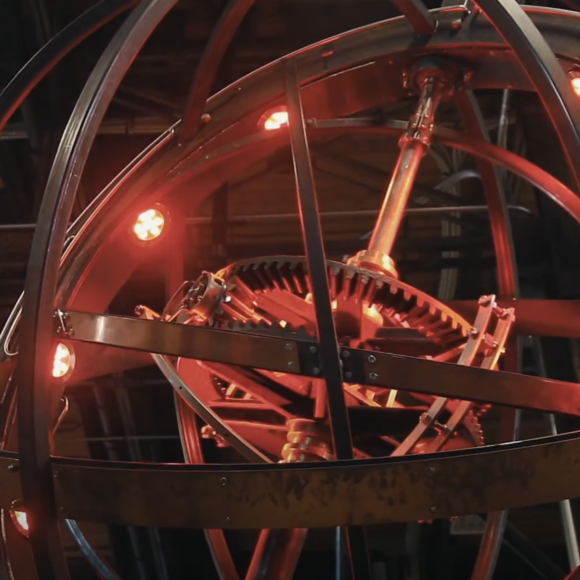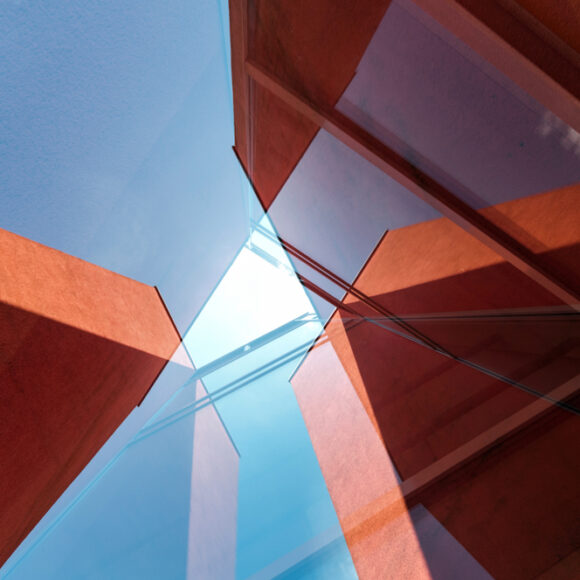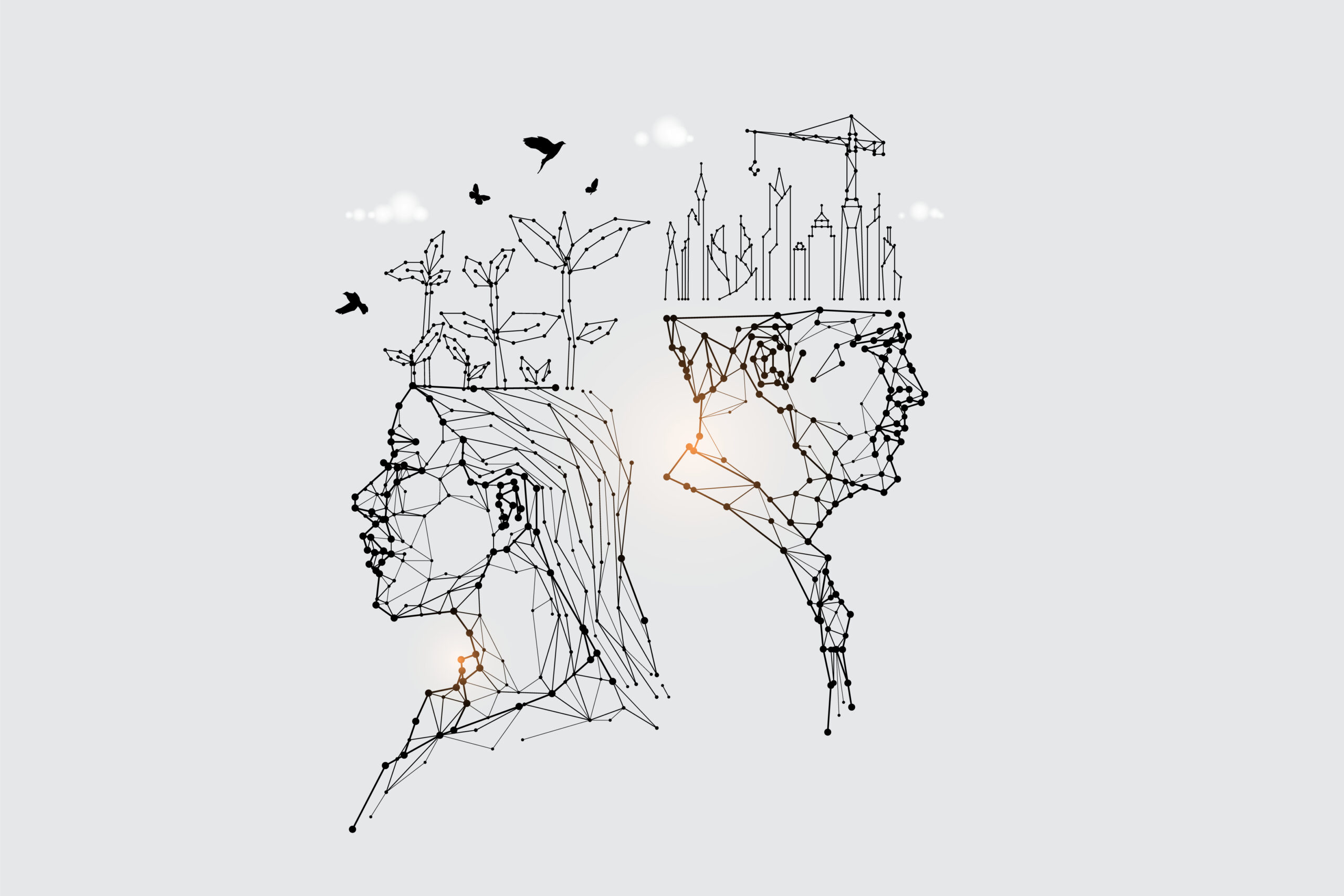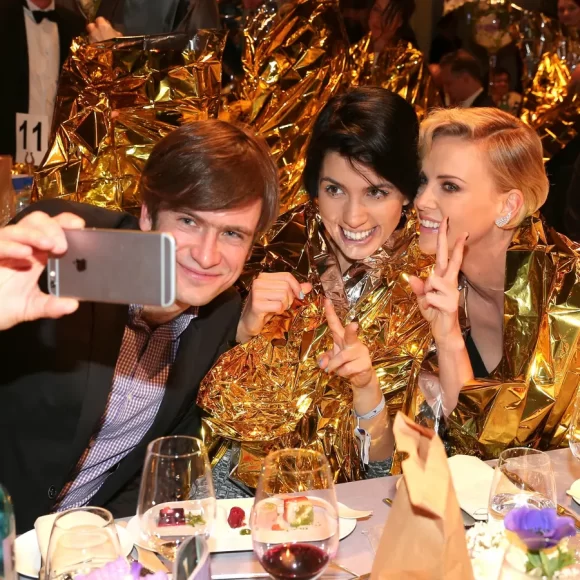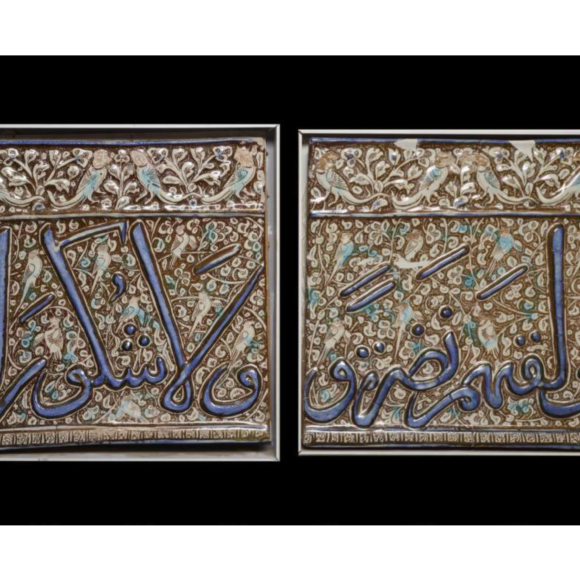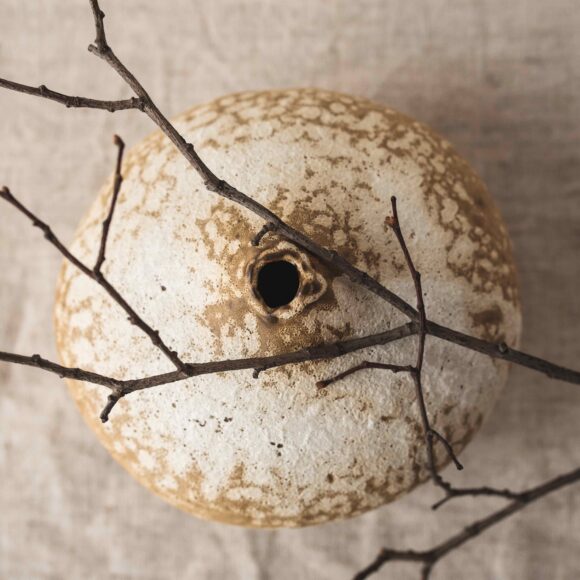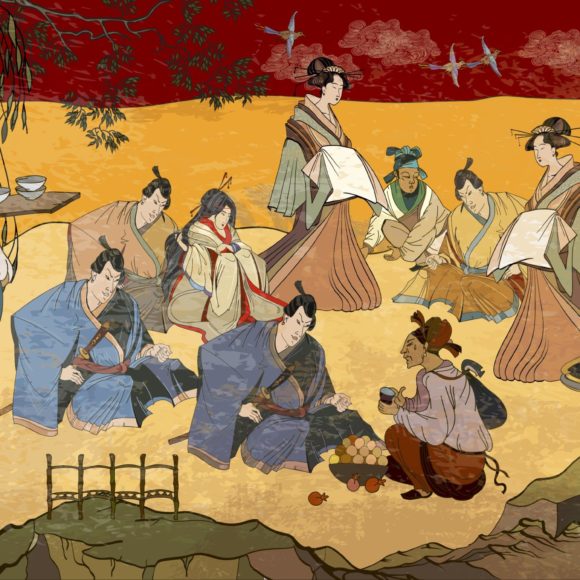In this talk, we'll discuss how where people grow up and where they spend their childhood can leave an indelible mark on their life's journey.
Project Category: Design Events
Becoming a Better Creative Problem Solver through Steampunk Art and Design
In this talk we will dive into Janusian thinking and steampunk and give you insights to use opposite thinking in your passions, work and life.
Why Architecture?
Architect and historian Rasmus Wærn, hailing from Sweden, invites us to delve into the essence of architecture. In his lecture, he will discuss the innate human need to convey our sentiments through the physical structures we create.
Is a City ‘Gendered’? Smart cities and gender inequalities
What can we learn from cities at the forefront of gender mainstreaming practices such as Vienna and Barcelona? And now, can the promises of a "smart" city contribute to reducing the existing inequalities and developing real gender-inclusive cities?
By a Thread. The Ambiguous Ways in which Fashion Advances Social Justice
This talk investigates jointly three series of fashion productions that resonate with three series of artworks. It draws the thin line between tribute, activism and emancipation on the one hand, and human rights washing, cultural appropriation and disrespect for victims, on the other hand.
Addressing Dispersal: Repatriation, Restitution and Tracing Looted Tiles from Islamic Monuments
The subject of colonial-era violence, looting and removal of cultural heritage is a timely. The aim of this talk is to use a couple of related case studies to lay out a framework that could work for all stakeholders, to allow them to come together and address the range of related issues, some ways forward, and how to create a meaningful dialogue that transcends the range of different views on the subject.
Skywatching: Nancy Holt’s Sun Tunnels
Simple in appearance, yet complex in execution, Sun Tunnels is a philosophical reflection on time and the cycle of nature. This talk will explore the different facets of this artwork to help us to rethink our modern conceptions ‘progress’ and ‘time’.
Beautiful Images of Global Issues: commercial aesthetics in contemporary culture
Can beautiful images illustrate dire human situations? Can one separate the content of the image from its form to fully appreciate it? With a focus on mainstream images of human migrations, this talk discusses the contemporary commercial aesthetics that influence all visual fields from interior design to fashion and makeup.
Wabi Sabi: the impermanent beauty of imperfection
Wabi-sabi concept offers to embrace imperfections and appreciate simplicity, natural state and deeper meanings in them. Wabi-sabi teaches us to accept what is not under our control, to strive for excellence rather than perfection, to appreciate failures and flaws, to live simple and slow down our pace. Join Azumi Uchitani in the conversation about Japanese ideas of wabi-sabi and what ‘beautiful’ means.
Consumption of Space and Time in Japanese Aesthetics
In this talk, Azumi will take you on a journey and discuss a concept of Ma (time and space in-between, a Confucius concept of the space between the edges, between the beginning and the end, the space and time in which we experience life), a perception of space in Japanese households and what arts mean to Japanese society. We will explore ideas of beauty as intellectual endeavors through mastery of Geisha and see how Japanese aesthetics and consumption of arts relate to everyday life.
- 1
- 2


